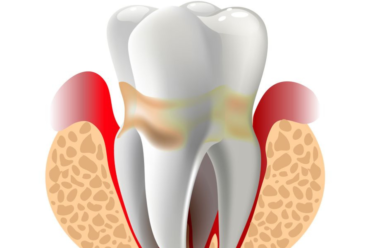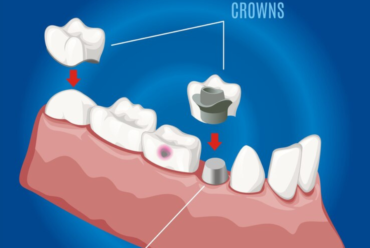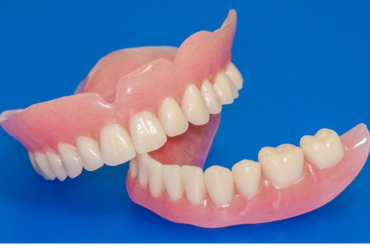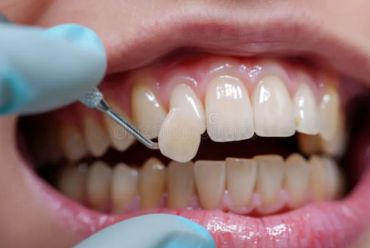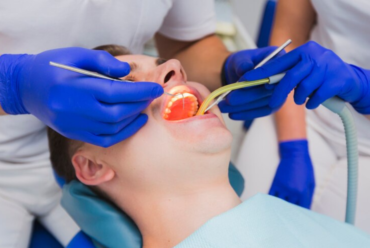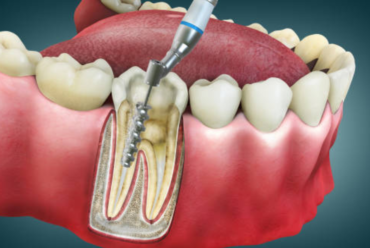How to Care for Your Dental Bridges for Long-Lasting Results
Dental bridges are an excellent solution for replacing missing teeth, restoring your smile, and maintaining proper dental function. However, just like natural teeth, they require proper care to ensure they last as long as possible. With the right maintenance routine, dental bridges can serve you well for many years, providing both aesthetic and functional benefits. Here’s a comprehensive guide on how to care for your dental bridges to achieve long-lasting results.
Understanding Dental Bridges
Dental bridges are fixed prosthetics that fill the gap created by one or more missing teeth. They consist of artificial teeth (pontics) held in place by abutments, which are the natural teeth or dental implants on either side of the gap. The primary purpose of a dental bridge is to restore your smile, improve chewing and speaking abilities, maintain the shape of your face, and prevent remaining teeth from drifting out of position.
There are several types of dental bridges:
- Traditional Bridges – Involve creating a crown for the teeth on either side of the gap.
- Cantilever Bridges – Supported by a single adjacent tooth.
- Maryland Bridges – Bonded to the back of adjacent teeth using metal or porcelain wings.
- Implant-Supported Bridges – Secured by dental implants instead of crowns on natural teeth.
No matter the type of bridge you have, proper care is crucial for longevity and maintaining oral health.
Daily Oral Hygiene Practices
- Brush Twice Daily
Using a soft-bristled toothbrush and non-abrasive fluoride toothpaste, brush your teeth and dental bridge at least twice a day. Pay close attention to cleaning the area around the bridge and the supporting abutment teeth to prevent plaque buildup. Electric toothbrushes can also be effective in maintaining oral hygiene. - Flossing is Essential
Flossing under and around the bridge is necessary to remove food particles and plaque. Use a floss threader or specialized dental floss designed for bridges to reach under the pontic and between the abutments. This prevents gum disease and decay of the supporting teeth. - Use Interdental Brushes
Interdental brushes can be used to clean hard-to-reach areas around the bridge and between the teeth. These small brushes help maintain gum health and prevent plaque buildup. - Mouthwash for Extra Protection
Rinse with an antibacterial mouthwash daily to kill bacteria and maintain oral health. This helps reduce the risk of gum disease and keeps your breath fresh.
Regular Dental Checkups
Schedule regular dental visits every six months for professional cleaning and examination. Your dentist will check the integrity of the bridge, the health of the supporting teeth and gums, and identify any potential issues before they become serious. Professional cleanings help remove tartar buildup that regular brushing and flossing cannot eliminate.
Dietary Considerations
- Avoid Hard and Sticky Foods
Hard foods like nuts, hard candies, and ice can damage or dislodge the bridge. Sticky foods like caramel and chewing gum can get stuck underneath, leading to plaque buildup and potential decay of the abutment teeth. - Maintain a Balanced Diet
Consume a diet rich in vitamins and minerals to strengthen teeth and gums. Foods high in calcium, such as dairy products and leafy greens, are beneficial. Avoid excessive sugary snacks and beverages, as they contribute to plaque buildup and decay. - Chew Carefully
Distribute pressure evenly while chewing by using both sides of your mouth. This prevents excessive force on one side, reducing the risk of damage to the bridge.
Protecting Your Dental Bridges
- Wear a Mouthguard
If you participate in contact sports or grind your teeth at night (bruxism), wear a custom-fitted mouthguard. This protects the bridge from impact or grinding forces that could cause fractures or dislodgement. - Avoid Using Teeth as Tools
Do not use your teeth to open packages or bottles, as this can damage the bridge and natural teeth. Use appropriate tools instead.
Handling Common Issues
- Sensitivity or Discomfort
It’s normal to experience some sensitivity after getting a new bridge, but it should subside within a few days. If sensitivity persists or increases, consult your dentist to check for underlying issues. - Loose or Damaged Bridge
If your bridge feels loose or is damaged, visit your dentist immediately. Attempting to fix it yourself could worsen the problem. Your dentist can assess whether it needs adjustment, repair, or replacement. - Gum Inflammation or Bleeding
Inflamed or bleeding gums could indicate plaque buildup or gum disease. Ensure you’re cleaning thoroughly under and around the bridge. If the problem continues, seek professional dental care.
Long-Term Maintenance Tips
- Maintain Excellent Oral Hygiene
Consistency is key. Brush, floss, and rinse daily to keep your bridge and surrounding teeth healthy. - Schedule Routine Dental Visits
Regular checkups allow your dentist to monitor the condition of your bridge and the health of your gums and supporting teeth. Early detection of any issues ensures timely intervention. - Watch for Changes
Be attentive to any changes in your bite, discomfort, or unusual sensations around the bridge. Promptly report these to your dentist for evaluation.
When to Consider Replacement
Dental bridges are durable but not permanent. On average, they last between 5 to 15 years with proper care. However, they may need to be replaced due to wear and tear, gum recession, or damage. Regular dental visits will help determine when a replacement is necessary to maintain oral health and function.
Caring for your dental bridges is essential for their longevity and maintaining overall oral health. By practicing good oral hygiene, visiting your dentist regularly, eating a balanced diet, and protecting your bridges from damage, you can enjoy a confident smile and fully functional teeth for years to come. If you have any concerns about your dental bridges or need personalized advice, consult your dentist for the best care routine tailored to your needs.


